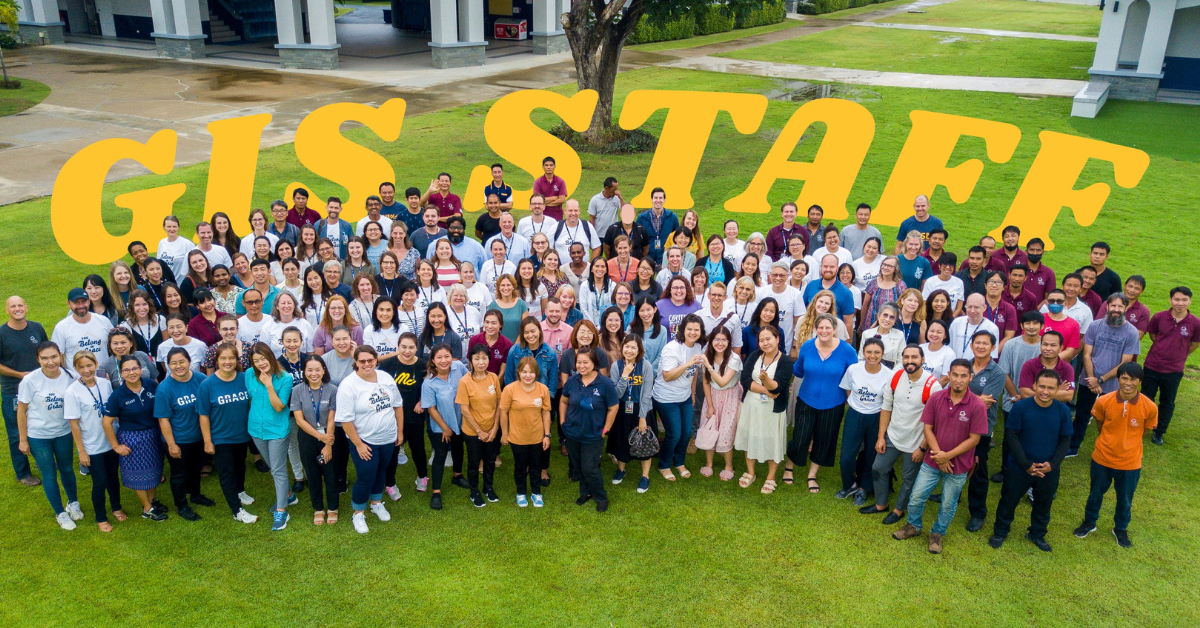How to Communicate Pay and Benefits to Employees
Respect and fairness are at the heart of an effective and rewarding compensation strategy. At their core, employees want to be treated as people,...

When leaders ask me about the results of their Employee Engagement Survey, I talk about how their results are one point on the map of their culture journey. I’m “pinning” their current location, just like we would on a Google map. A comprehensive look into the results reveals a path toward their “destination” of culture health. The 8 factors of engagement give tools for their journey as they plot a course forward using survey results and the attributes of a flourishing workplace.
As leaders are working to understand the results of their survey, I encourage them to adopt a learning posture of curiosity. When they’re open-minded, they’ll ask questions about why their staff might be experiencing the workplace culture in a particular way. This curiosity can help them dig deeper into the results.
In the survey, respondents have the opportunity to provide open-ended comments. While most comments are positive, one negative comment (which I call a “stinger”) can derail leaders from seeing the full picture of their workplace culture.
Every comment is valid and reflects someone’s perspective, but not every comment is actionable. As I help a leadership team consider overall engagement, we can discern which data elements and comments will have more weight on a flourishing workplace based on the BCW model. The breadth of analysis helps us extract meaning from the data and offers the ability to move forward to a different destination.
Cary Humphries, BCW Consulting Director, frames the curiosity needed to move forward in a positive narrative. For example, in an organization where the trust of leadership is low, the appreciative inquiry approach would be to frame conversations with employees in terms of envisioning a better future. “What would our organization have to look like for you to strongly agree that you have a high level of trust in leadership?”
A negative approach to discovery would be for a leader to ask their employees, “Why don’t you think trust is high?”
The positive approach invites the staff to participate in envisioning and creating a better future. It doesn't deny hard results but frames them in a way that allows the team to move forward rather than wallowing in negativity.
As we look at data on workplace culture, it is easy to stay in the zone of intellectual curiosity. We are examining numbers, data, facts, and rational structures.
The intellectual level is one important aspect of processing workplace culture. However, the leaders and staff are whole people. They operate on an intellectual level, but they also process emotions and are spiritual beings. Leaders may have an emotional response to one particularly hard data element. This is in addition to their intellectual understanding of the results. And as followers of Jesus, we also receive and process information on a spiritual level. Curiosity in this area could include questions such as, “God, what are you trying to teach us through this information about our staff?”
Leaders receiving and processing information from a survey are doing so intellectually, emotionally, and spiritually.
Staff who complete the survey are also responding using all those elements of their personhood. When they respond to a trust question, they may be offering an intellectual viewpoint, or they may respond based on a feeling they had in some recent workplace experience.
Understanding the idea of whole people responding to the survey can help a leader pause when they might be inclined to explain results intellectually. When a staff member responds on a scale of 1-5 in terms of whether their supervisor cares about them, they aren’t necessarily intellectually evaluating their interactions with their supervisor. They may be responding to the feeling that they get from their supervisor when they are meeting together or working on a project together.
Leaders first need to understand more deeply the current status of their workplace culture—clearly describing where the “pin on the map” is for their organization. Then they can consider how to take steps forward, toward improved employee engagement and flourishing workplace culture.
Taking the next steps toward a desired destination can take courage. A leader might decide to work with BCW to undertake a Leadership 360 survey, to better understand their influence as a leader. Other tools include Discovery Groups facilitated by BCW consultants.
It takes curiosity paired with courage to specifically ask people within a leader’s sphere of influence to provide honest feedback.
Dr. Henry Cloud, in his book Integrity, talks about the importance of understanding the "wake of our leadership." A boat moving through water has a wake that impacts those following behind. There are two sides to our wake as a leader—tasks and relationships. A healthy leader, operating with integrity, will leave a wake in which things get done, and people experience respect and connection.
Having curiosity and courage will help a leader understand their "wake," and their impact on workplace culture. And such a leader will not be content to stay in one place but will use what they learn through assessments, such as the Employee Engagement Survey, Leadership 360, and Discovery Groups.
Leaders who choose to be vulnerable and committed to growth and change do so because they have decided any personal risk is worth it. They’ve looked at their workplace culture map and identified a different destination, a better future. And they are willing to continue to plot out steps to get their team closer to flourishing and a healthy workplace.

Respect and fairness are at the heart of an effective and rewarding compensation strategy. At their core, employees want to be treated as people,...

Living out core values in the course of everyday organizational life provides a foundation for a flourishing workplace culture. Seeing evidence of...

How do you transform a toxic workplace into one that is healthy?